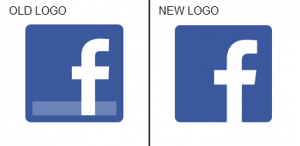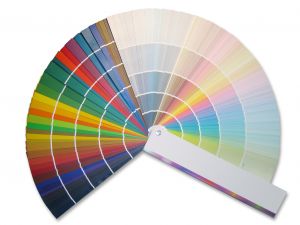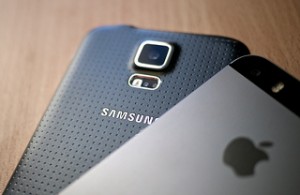 Finally, brands are moving away from the 3D, Web 2.0 logo trend that has dominated logo design in recent years and going back to simpler logo designs that pass the one-color logo test with flying colors.
Finally, brands are moving away from the 3D, Web 2.0 logo trend that has dominated logo design in recent years and going back to simpler logo designs that pass the one-color logo test with flying colors.
News of the upcoming iOS 7 from Apple tells us that the new interface will return to the simpler logo and icon designs of the past, and now, Facebook has launched a revamped “f logo” design that removes all traces of flair. You can see the before and after versions of the “f logo” in the above image.
For a product like Facebook, where the brand experience is constantly changing, brand consistency is extremely important, and this is an important step in Facebook’s apparent attempt to develop some level of brand consistency across its library of icons. It also appears that, like Twitter, Facebook is ready to enforce its brand consistency en masse.
You might recall that Twitter released a set of logo and brand guidelines when it revamped the Twitter bird icon last year. While the enforcement of those guidelines is somewhat lax, they are available for the world to see and for Twitter to enforce at anytime. It’s expected that Facebook will enforce its own set of brand guidelines in a similar manner. Policing every person on the internet who uses a Facebook screenshot in a blog post or a homemade Facebook icon in a sidebar is simply not efficient. However, the guidelines give Facebook the ability to protect its copyrights and trademarks when the need arises.
You can get all of the information on the Facebook Brand Resources site, which includes do’s and don’ts for using Facebook brand assets, answers to top questions, and more. The website offers a variety of Facebook logos, icons, and screenshots, which you can download in a variety of formats depending on where you want to use them. Each asset includes its own page of guidelines that apply in addition to the overall Facebook brand asset guidelines.
It’s unlikely that many Facebook users will even notice the change to the “f logo,” but it is an improvement over the prior version. By removing the unnecessary light blue rectangle and moving the “f” to its new position, the icon is stronger. Furthermore, the updates for all of the other Facebook logos/icons to match the new “f logo” design succeed in creating a visual brand consistency. While you might not like all of the logos in the set (you can see the before and after icons on Brand New), they do create a cohesive brand image.
What do you think of the redesigned “f logo” from Facebook?
Lucy is Editor at Corporate Eye


